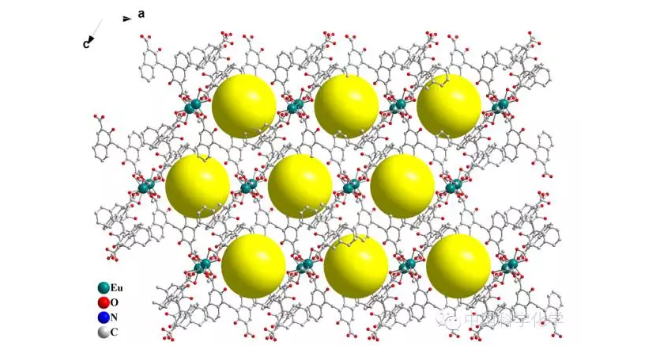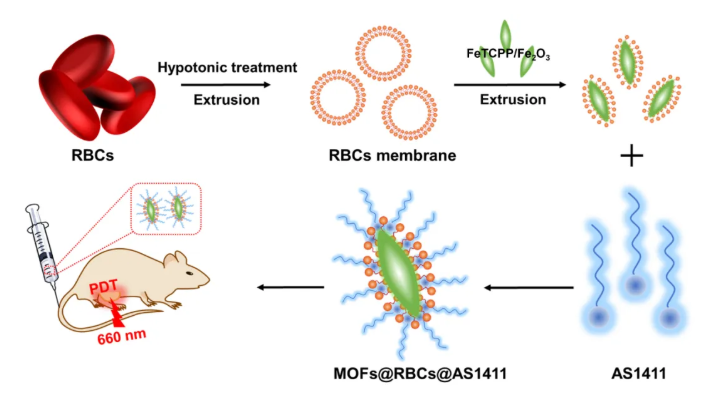
hotline:
17715390137
Tel/Wechat:
18101240246 (Technology)
0512-68565571
Email:mxenes@163.com (Sales Engineer)bkxc.bonnie@gmail.com
Scan the code to follow or search the official account on WeChat:
2D Materials Fronrier After paying attention,
click on the lower right corner to contact us,
Enter enterprise WeChat.
Professional Services Online

 Metal organic skeleton (MOFs) - material as a periodic structure of crystals, with large surface area, micro mesoporous structure, composition and advantages of pore size is adjustable, not only in the field of nonlinear optics, gas adsorption, catalysis showed excellent performance, and the application potential in biomedical field is gradually cause the attention of people.
Metal organic skeleton (MOFs) - material as a periodic structure of crystals, with large surface area, micro mesoporous structure, composition and advantages of pore size is adjustable, not only in the field of nonlinear optics, gas adsorption, catalysis showed excellent performance, and the application potential in biomedical field is gradually cause the attention of people.

First, they constructed porphyrin gD-TCPp MOFs nanocrystals without central metal coordination (FIG. 1A) and demonstrated their high singlet oxygen yield. However, after the central coordination in the inner ring of porphyrins, even hydrogen protons can significantly change the MOFs morphology and uV-vis absorption (FIG. 1B and 1C). Based on these results, the effect of the central metal coordination of porphyrins was preliminarily proposed.

FIG. 1. (a) GD-TCPP and (b) SEM images of GD-(H2TCPP)2+, and (c) UV-visible absorption.
On this basis, the team designed and synthesized the porphyrin Cu-TCPp (BA) MOFs micron slices with central copper metal coordination with the assistance of benzoic acid

(FIG. 2), confirming that such porphyrins with central metal coordination can reduce the H accumulation and J aggregation between layers and cause the anisotropic growth of MOFs. This study revealed the growth mechanism of porphyrins, elaborated on the role of central metal coordination of porphyrins, and provided a feasible strategy for the synthesis of ultra-thin MOF materials with micron size.
RBCs membrane was used to camouflage MOFs, improve blood circulation and tissue residence time in vivo, and AS1411 aptamer was modified to achieve high CONCENTRATION of MOFs in the tumor area (Figure 3). The encapsulation of RBCs membrane and the targeting effect of AS1411 aptamer enhanced the enrichment ability of MOFs nanoparticles in tumor sites, improved the PDT effect, and reduced the side effects. This study provides a new idea for promoting the application of MOFs nanomaterials in biomedical field.


| Reminder: Beijing Beike New Material Technology Co., Ltd. supplies products only for scientific research, not for humans |
| All rights reserved © 2019 beijing beike new material Technology Co., Ltd 京ICP备16054715-2号 |